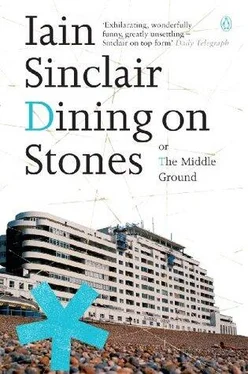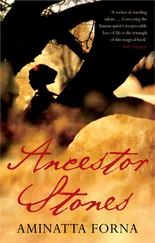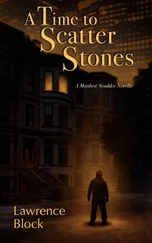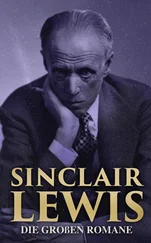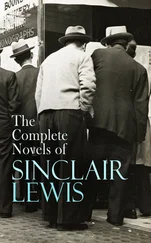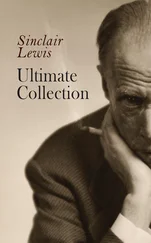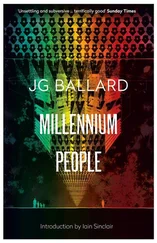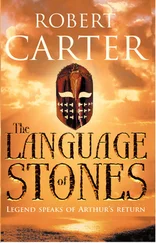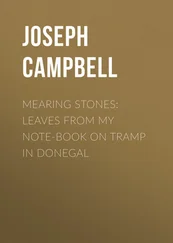And then the photograph, the moist black eyes of the Polish writer. And then the river.
‘What a freak show!’
Start the day with a quote from the film Performance . Clear the throat, lower lip under upper teeth, tongue pressing: a rare line of dialogue attributed to David Litvinoff by cultural historian David Seabrook. Pertinent, I thought. On the button. As we wave goodbye to the Travelodge. Horizontal blight, vertical squalor. A rep’s face in every window.
Breakfast skipped (no loss), burdens shouldered, we beat the road rats into the car park. Danny was waiting by the Volvo — where I left a note for Jimmy Seed, outlining our future plans (unreal as a premature synopsis punted to a publisher). Dagenham, Rainham Marshes, Purfleet and the M25: follow us. See you — camera, cash, car — at the ibis, West Thurrock. Book us in and I’ll treat you to enough soap factories, pylon farms, railways, dredgers, oil tanks, bridges, to buy up most of Margate (Cliftonville, if you’re picky).
Movement was what Danny craved, brass rods pulling him eastward to the vortex of the alp, the triangulation of sacred sites nominated by the writer C.E. Street in his geomantic prophecy: Earthstars, The Visionary Landscape. Part One: London, City of Revelation . The key sites were: St Mary the Virgin (East Ham), Barking Abbey, the ‘lost’ Miller’s Well (top corner of Central Park). We didn’t have the photographer with us, the lanky skinhead who had collaborated on my Thames book, so we were spared that terrible old Cockney joke about Chris Street being ‘three stops beyond Plaistow’.
Bow Creek — its backwaters, reed beds, uncivil engineering — was the mess, the metaphor. And metaphors were what I wanted to discuss with Track. Metaphors employed by the Fountain woman. But not yet, leave it until we get a few miles under our belts. I had to sort out my own difficulties: first, why Fountain’s story was so disturbing.
She hadn’t written it without help, obviously. The tone was masculine, sure of itself, its pretensions; grammatically suspect, lexicologically challenged, topographically slapdash. A slash-and-burn stylist. But haunted: by missing fathers — Bram Stoker, S. Freud and Joseph Conrad. Clunky hints, based on autobiographical elements Track might be able to clarify, about writing and stalking, literary bloodsucking, gender, disguise. It was a tale that never worked through its confusions, never lifted from dirty realism to science fiction. Did Fountain understand, for example, the William Burroughs fixation with ‘grays’, as X File beings? Soft-skinned and seamless, the aliens among us. Returned dead. Doubtful, very doubtful. Her title, like much of the story, was accident.
Fountain wrote like a man envious of the vim and attack, the linguistic inventiveness, of the new lesbian novelists from the Celtic fringe. The praise heaped upon them, the advances. The film adaptations.
But it was the Conrad aspect that pricked me. Fountain had somehow got wind of my researched (incomplete, unpublished) essay on Conrad in Hackney. Her exaggerated prose, its shotgun sarcasm, jump-cuts, psychotic syntax, was an offensive parody of a manner of composition I’d left behind. But what I really wanted to know was where she’d come across the story of the Dracula first edition in Grays? Ruth was the only confidante who knew about that, pillow talk, table talk, kitchen chats while pots bubbled; gossip overheard one Saturday morning in Kingsland Waste Market.
Ergo, Ruth knew Marina Fountain. Ruth was using the Fountain woman as a way of communicating with me. Love letters, if you like, at one remove. Fountain had been given my Conrad files. She had been dosed on newspaper cuttings, photocopied articles, bought a ticket into the Estuary. Now she was out there, ahead of us, inventing fictions that anticipated — and, in some senses, neutralised — my more measured psychogeographical reports.
I had a powerful urge to get on a train. Marina Fountain on the platform at Fenchurch Street, a copy of Conrad’s Polish Background , edited by Zdzislaw Najder, in her shoulder bag, setting off for the great unknown, for riverside Grays, is a very seductive image. The opening of a film. Red eyes, dark glasses. White raincoat. Isabelle Adjani. Anna Karina. Herzog’s Nosferatu: Phantom der Nacht . André Delvaux’s Rendez-vous à Bray . Chantal Akerman’s Les Rendez-vous d’Anna (‘A series of train rides, a series of tales … A moving eroticism stemming from the everyday’). The woman had hooked me. I would follow her, vamped, vampirised, into the badlands. Into yellowback fiction. Just as soon as I could get shot of my fellow Beckton Alp pilgrims.
Danny drew our attention to a gateway. This, he informed us, was the true beginning of the non-metropolitan section of the A13. Grey concrete, flattened obelisk slabs with inset panels: the gate looked like the entrance to a forbidden city. The panels, I noticed, featured the caduceus symbol (my symbol, Mercury): twin serpents writhing around a magician’s staff. Arthur Norton, my great-grandfather, left me his gold caduceus tie-pin (stolen in my first burglary, two weeks after arriving in Hackney). Three of his sons, by way of Aberdeen University, became medical men. Was this miraculous survivor, Babylonian fragment among craters and future walkways, a Crowleyite token from the chthonic city?
‘Brunswick Power Station,’ said Danny. ‘Their logo, Mercury for energy. The rest’s rubble. Derek Jarman, he was fond of this stretch, Canning Town, Silvertown. Helped him, didn’t I, find locations for The Last of England ? The Millennium Mills, remember? From the free train, Dalston to Woolwich North?’
I remembered the photograph, Jarman’s production still. Hooded figures, holding flares, out on the river. I remembered the river. Long shadows of bomber squadrons coming in from the Estuary. The credits for EastEnders spontaneously combusting: water on fire, exploding gas-holders at Beckton.
Conrad, according to Ford Madox Ford, who tended to exaggerate these things, arrived in London by river; awed by wealth and dirt, miles of deep-water docks, spice warehouses, Portland stone steeples, the cargoes of the world. London was two cities, riverine development, narrow and dense, and that late addition, the City. Offices in which to pick up your wages, sign on for the next voyage out.
In fact, Conrad arrived by train. Lowestoft to London; first steps on English soil, 10 June 1878. Rivers and railways, they never fail: there is no better method of penetrating the mysteries of our Mithraic capital. The privileged stutter of privatised transport, views from embankments into secret spaces; constant metamorphosis, industry to park, synagogue to satanic tower. The breeze, the light, the stink of the slurry-coloured Thames: history too rich to be trashed by developers and explainers.
From his first marital establishment at Stanford-le-Hope, downwind from the Travelodge, Conrad liked nothing better than messing about in boats, dressing as an old salt, powerful shoulders, long arms, buttons and beard; out on the river in company with the former merchant seaman George Hope (dedicatee of Lord Jim ). Hope, one of the exile’s few English friends, brought him to the Estuary. Now a director of several companies, the officer who had sailed on the Duke of Sutherland , three years before Conrad, offered financial advice to the newly married immigrant: the impoverished author (word-slave) who was, as yet, unreleased from his status as a French-speaking, Polish-born, Russian subject. And premature Essex man.
A semi-detached villa in Victoria Road. Forget the Thames. Victoria Road, Stanford-le-Hope, offers unrivalled prospects of the A13 (the Gas Valve Compound) — and the A1014 (Manorway) as it swerves from the junction to the Shell Haven Oil Refineries at Coryton. Stanford-le-Hope has declined, since Conrad’s day, to a huddled extension of St Clere’s Golf Course; a strip of meaningless ribbon development at the margin of the fabulously named Balstonia (a petrochemical oasis).
Читать дальше
